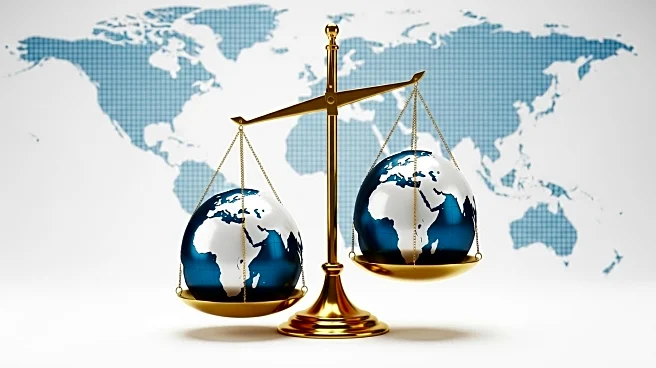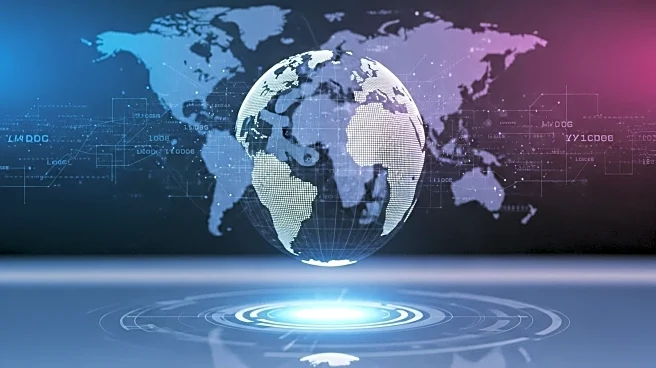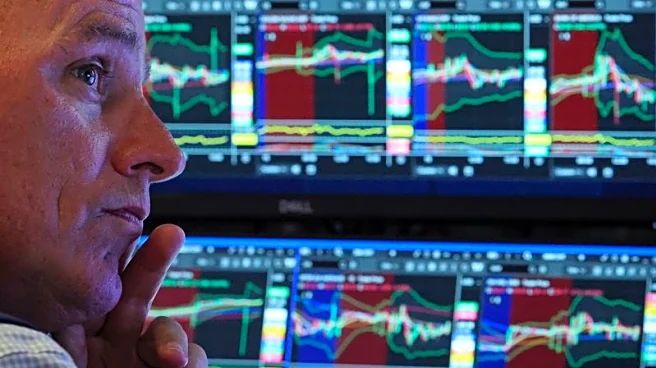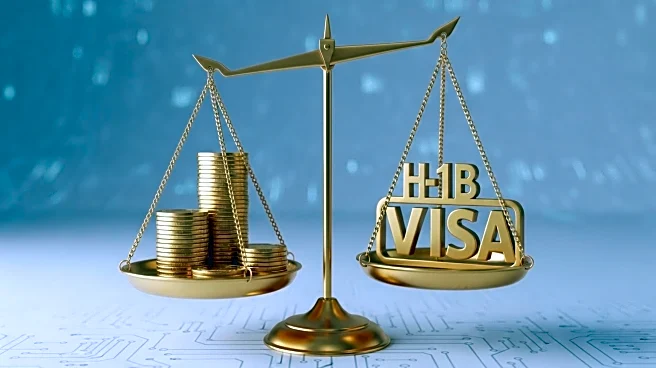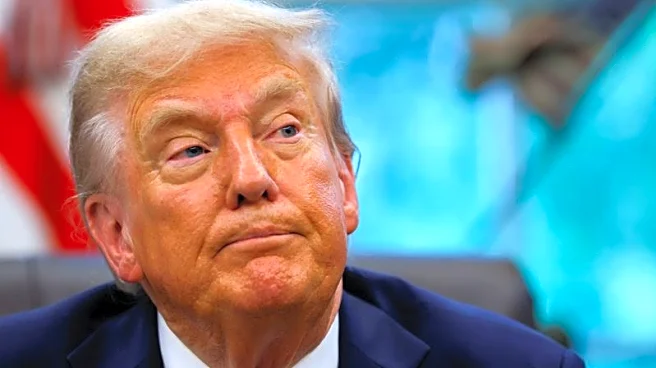What's Happening?
The United States is facing challenges in maintaining its competitive edge in semiconductor manufacturing due to recent policy changes. The H1-B visa program, which has historically been a key driver of global talent into the U.S. economy, is now burdened by a $100,000 fee per application, as per President Trump's executive order. This fee is particularly detrimental to startups and smaller firms that rely on foreign specialists. Additionally, the One Big Beautiful Bill has reduced long-term incentives for clean energy projects, making U.S. manufacturing less attractive. These changes are causing a shift in talent and manufacturing ecosystems to countries like India, China, and Southeast Asia, which are poised to benefit from the U.S.'s reduced competitiveness.
Why It's Important?
The implications of these policy changes are significant for the U.S. economy and its position in global technology and clean energy sectors. By imposing high costs on H1-B visas, the U.S. risks losing access to a pool of skilled workers who have historically contributed to its technological advancements. The rollback of clean energy incentives further undermines the U.S.'s ability to compete in emerging industries like electric vehicles and renewable energy. As talent and investment shift to other countries, the U.S. may face a decline in innovation and economic growth, impacting its strategic advantage in critical sectors.
What's Next?
Reversing these trends will be challenging. Even if future administrations remove the H1-B fee and restore clean energy incentives, the intervening years will have shifted ecosystems abroad. Companies and factories that were not established in the U.S. will have already been set up overseas, making it difficult to regain lost ground. The U.S. will need to rebuild trust with investors and talent, while competing against countries that have strengthened their positions during this period.
Beyond the Headlines
The long-term consequences of these policy changes could reshape global competition in technology and clean energy. As countries like India and China strengthen their innovation ecosystems, the U.S. may find itself importing more technology and exporting less, reversing a pattern that has defined its economic strength for the last century. This shift could lead to a lasting decline in relevance in industries that are crucial for future economic growth.



